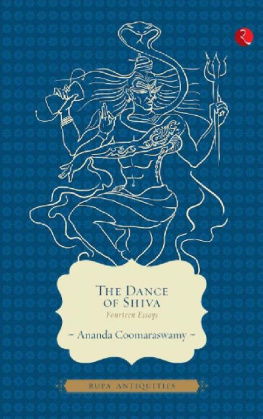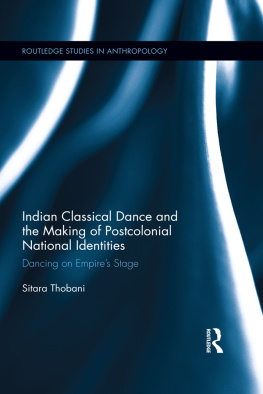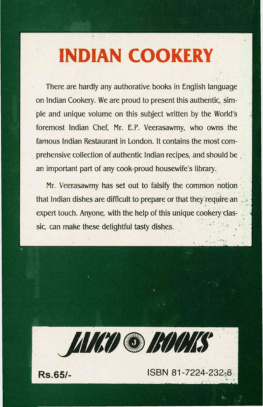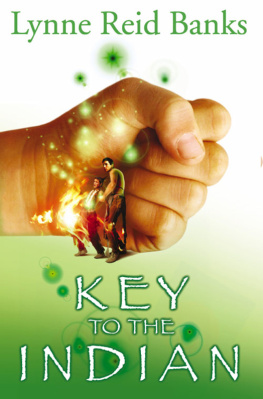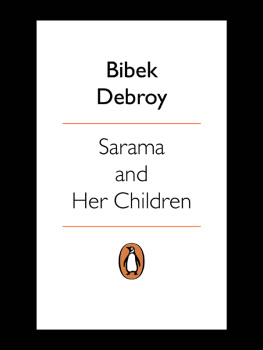Biographical Note
A nanda Kentish Coomaraswamy (1877-1947) was born in Colombo to Sir Muthu Coomaraswamy, a prominent Tamil legislator, and Elizabeth Clay Beeby, an Englishwoman. Following the death of his father, Ananda was brought up in England and went to Wycliffe College in Stroud, Gloucestershire.
After graduating from London University with a degree in botany and geology, Coomaraswamy carried out extensive surveys on the mineralogy of Ceylon (now Sri Lanka). On 19 June 1902, he married Ethel Mary Partridge, a photographer who travelled with him to Ceylon.
While in Ceylon, he formed the Ceylon Social Reform Society, dedicated to the revival of traditional arts and crafts, social values and customs of Sinhalese heritage. He was also keenly interested in Indian art and culture, and published several books, catalogues and articles on the same. He formed a close friendship with the Tagore family, contributing to literary works of the Swadeshi movement.
Coomaraswamys domestic life suffered due to his increasing immersion in studies and Ethel filed for divorce, returning to England in 1913. Later he met and married Ratna Devi, a singer. The couple had a son and a daughter named Narada and Rohini respectively.
In 1917, he was invited by the Boston Museum of Fine Arts to serve as the first Keeper/Curator of Indian Art. He later became a Research Director for Indian, Persian and Muslim Art. However, tragedy struck with the death of his son, followed by that of his second wife.
Eventually Coomaraswamy married twice more, both women several years his junior, and had a son, Rama. He continued writing on Indian art, dance, drama and music.
Coomaraswamy died on 8 September 1947 and his ashes were scattered in the river Ganga in accordance with his wishes.

The Dance Of Shiva
(a) Cosmic Dance of Nataraja Brahmanical bronze. South Indian. 12th Century. Madras Mueseum.
THE DANCE OF SHIVA
Fourteen Essays
By
ANANDA COOMARASWAMY

First published in 2013 by
Rupa Publications India Pvt. Ltd.
7/16, Ansari Road, Daryaganj
New Delhi 110002
Edition copyright Rupa Publications India Pvt. Ltd. 2013
All rights reserved.
No part of this publication may be reproduced, transmitted, or stored in a retrieval system, in any form or by any means, electronic, mechanical, photocopying, recording or otherwise, without the prior permission of the publisher.
10 9 8 7 6 5 4 3 2 1
This book is sold subject to the condition that it shall not, by way of trade or otherwise, be lent, resold, hired out, or otherwise circulated, without the publishers prior consent, in any form of binding or cover other than that in which it is published.
~ Contents ~
~ List of Illustrations ~
.
.
.
.
.
.
.
.
~ Introduction ~
I first encountered The Dance of Shiva in the Indian Institute of Advanced Study library in Shimla. I was working on my PhD thesis, and thanks to my husband being a Fellow at the Institute, I had access to the wonderful library collection there. One of my chapters dealt with Shiva in the form of Nataraja, exemplified in the icons in stone and bronze of the Chola period. I remember reading with awe the description that Coomaraswamy gave of the philosophical dimensions of Shiva's dance, thereby interpreting the icon of Nataraja to be the perfect amalgam of the mythical, philosophical and aesthetic aspects of Indian culture. I was greatly moved by Coomaraswamy's interpretation, and in fact it influenced my reading of the rich iconographic material that I was working with, in the context of south India.
One of the major arguments that Coomaraswamy makes with regard to Shivas dance relates to its cosmic significance, symbolizing the creation, maintenance and destruction of the universe, and ultimately its rejuvenation. In other words, the dance of Shiva is the signifier of cosmic activity envisaged in five aspects (pancakritya): srishti or creation, sthiti or maintenance, samhara or destruction, tirobhava or disappearance/concealment and anugraha or grace. In fact, the pancakshara (five syllables) in Shivas name na-ma-shi-va-ya, are themselves seen as representing this five-fold creative activity of the God. What Shiva creates is the manifest and unmanifest world; what he destroys are the illusory bonds that fetter not only the world at large, but every individual soul in the cosmos. The symbolism of fire, a visual connect between the earth and sky, the perceived and the intuitive, and the tangible and the intangible, is analyzed through the association of Shivas dance with the burning grounds. This is then represented in the beautiful circle of fire the tiruvasi that encompasses the icon of Shiva as Nataraja in the Indic imagination. The ananda or bliss of Shivas dance, ultimately, is to meditate upon the breaking of maya (illusion), the trampling of mala, anava and avidya (evil), and the freeing of the soul from the bonds of karma (causality/rebirth). I am certain that no one who reads this essay on The Dance of Shiva can remain unmoved by it, which explains why from Rabindranath Tagore to Fritjoff Capra to Romain Rolland, luminaries have lavished praise on it.
Ananda Kentish Coomaraswamy was born on 22nd August, 1877 in Colombo. His father was Sir Mutu Coomaraswamy, a distinguished figure in Sinhala political life, who became a Tamil representative of the Legislative Council in the system of separate electorates introduced during British colonial rule. His mother was an Englishwoman, Elizabeth Clay Beebe. When his father died two years after his birth, his mother returned to England, with infant Ananda in tow. He received the best of education apparently, and was awarded the Bachelors degree in Geology and Botany in 1900. He was appointed the Director of the Minerological Suvey of Ceylon in 1903, and continued to hold the post until 1907. He travelled around the country extensively, a job requirement, and in the process got to learn about the traditional arts and crafts of Sri Lanka. His first publication Medieval Sinhalese Art (1908) was the result of these initial efforts, and remains one of the best catalogues of the regions craft traditions.
Perhaps his travels inspired him, or it could be that actually living in the colony instead of the metropolis led him to understand the significance of nationalism in the Indian sub-continent and in Sri Lanka. And of course, one cant forget that his father himself was a well known political figure. At any rate, Coomaraswamy entered the public domain not merely as a government servant but also as a social reformer with a political agenda. He founded the Ceylon Social Reform Society in 1905, and published a journal The Ceylon National Review from 1906 to 1911.
From the 1930s, it is believed that Comaraswamy was greatly influenced by the Traditionalist movement spearheaded by Rene Guenon in France, and particularly its evocation of the Philosophia Perennis. The latter affirmed the creation of all religions and philosophies from one primordial source, which explained the essential unity and truth of all great traditions.carried this sense of what constituted the essence of that religion and symbolic universe. This is why, no matter which part of the sub-continent you went to, you would feel, despite the regional variations, a sense of dj-vu hit you.
Next page
